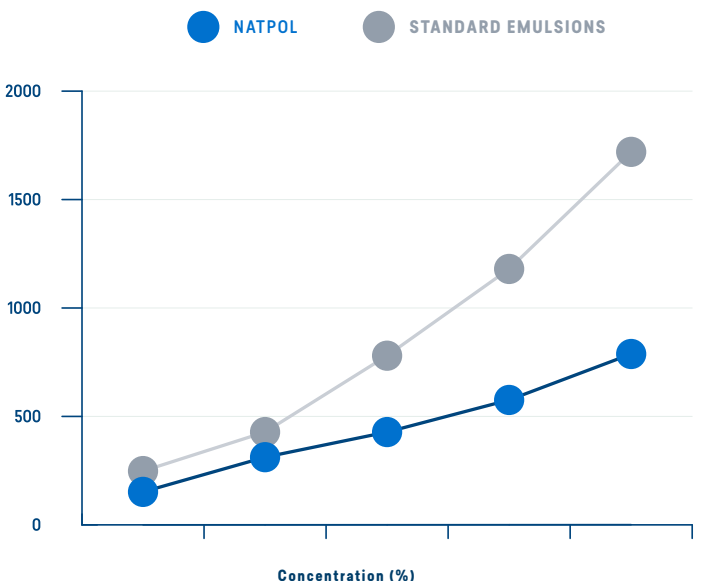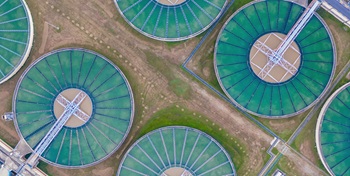Liquid Flocculants
Liquid Flocculants
What are they?
The NATPOL series is based on special emulsified liquid polymers with different molecular weights and charge densities. These products are used in wastewater and sludge from several industrial sectors and offer a customised solution in each case.
The molecular weight of these polymers favours the crosslinking processes of suspended solids through the polymer chain. On the other hand, different charge densities allow the selection of the optimal treatment that efficiently neutralises the counterions present in the wastewater.
The molecular weight of these polymers aids the binding of suspended solids into larger and denser flocs. In addition, the different charge densities of the polymers allow the selection of the optimal treatment. This significantly improves the effectiveness of the flocculation and separation process, contributing to better water clarification and treatment.
Application
NATPOL products differ from other liquid flocculants on the market in that they substantially reduce the content of organic solvents and surfactants. Their capacity to dissolve in water during preparation is remarkably higher, requiring a much shorter reaction time and offering the possibility of preparing more concentrated aqueous solutions with a shorter maturation time.
This reduction of organic solvents in its formulation makes it a more environmentally friendly product. In terms of application, NATPOL are anionic and cationic polyelectrolytes, linear or cross-linked, which are presented in a liquid state and are dosed after their aqueous dissolution (0.2 – 1.0%)..
In terms of application, NATPOL products are anionic and cationic liquid polyelectrolytes, either linear or cross-linked, presented in liquid form and dosed after aqueous dilution (0.2 - 0.6%).

Advantages of NATPOL products over STANDARD EMULSIONS
· Substantial reduction of solvent and organic surfactant content..
· Reduction of reaction time.
· Concentrations up to 1% are possible.
· Reduced maturation time.
· More environmentally friendly product as it reduces the content of organic solvents









